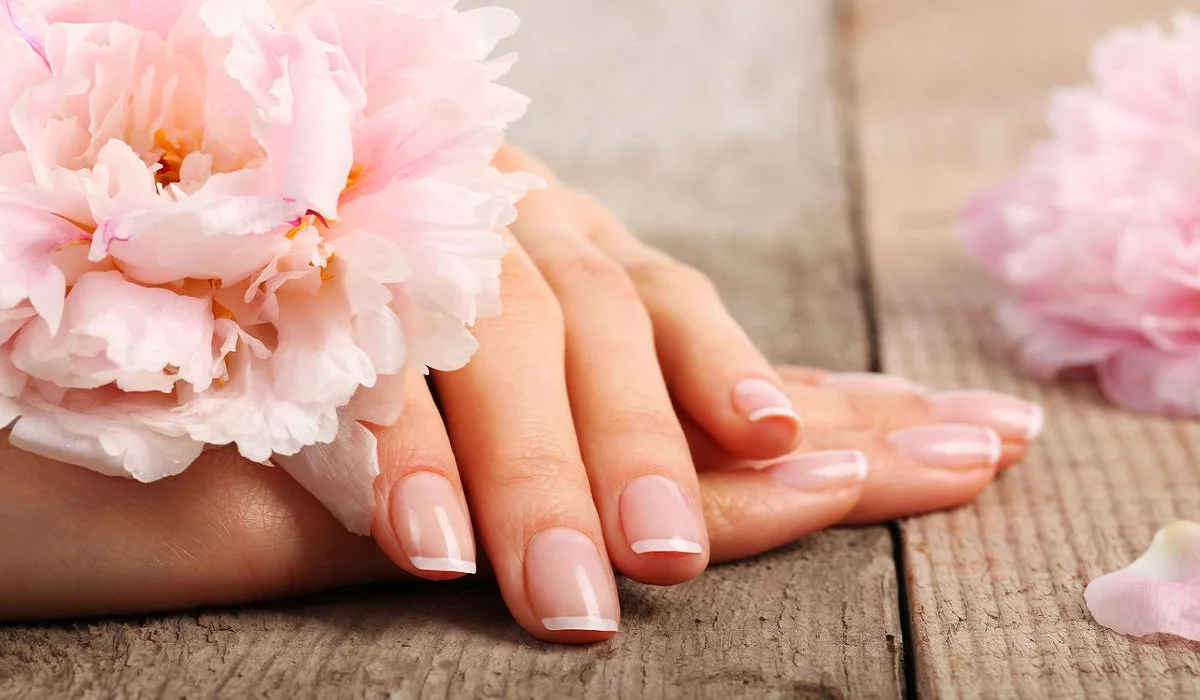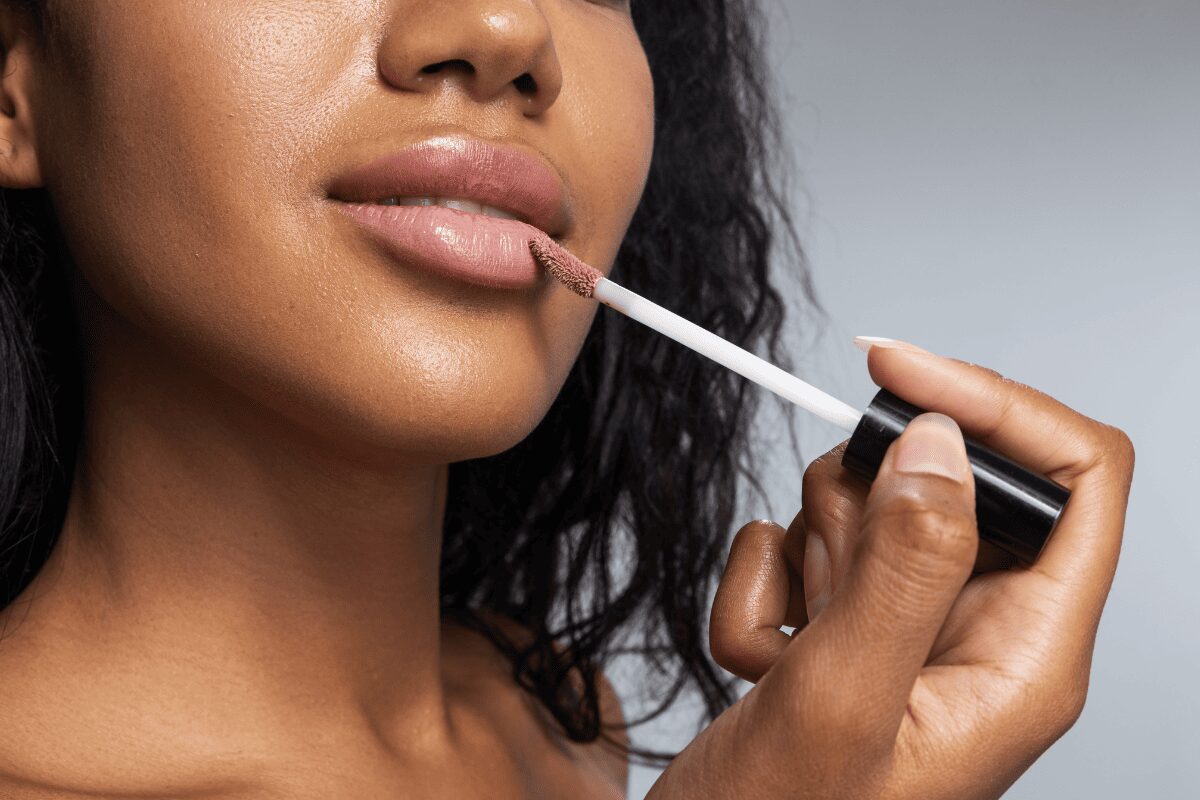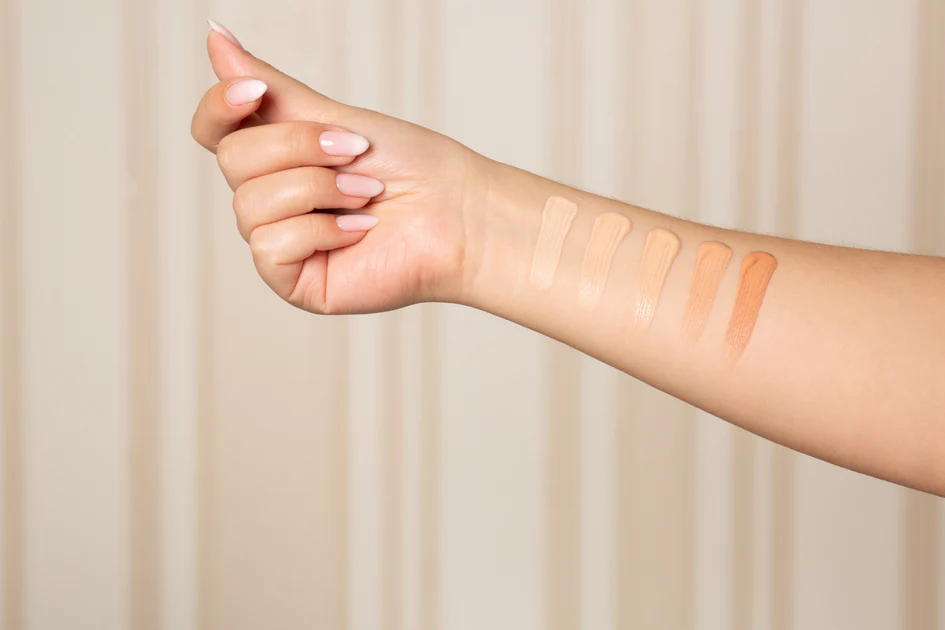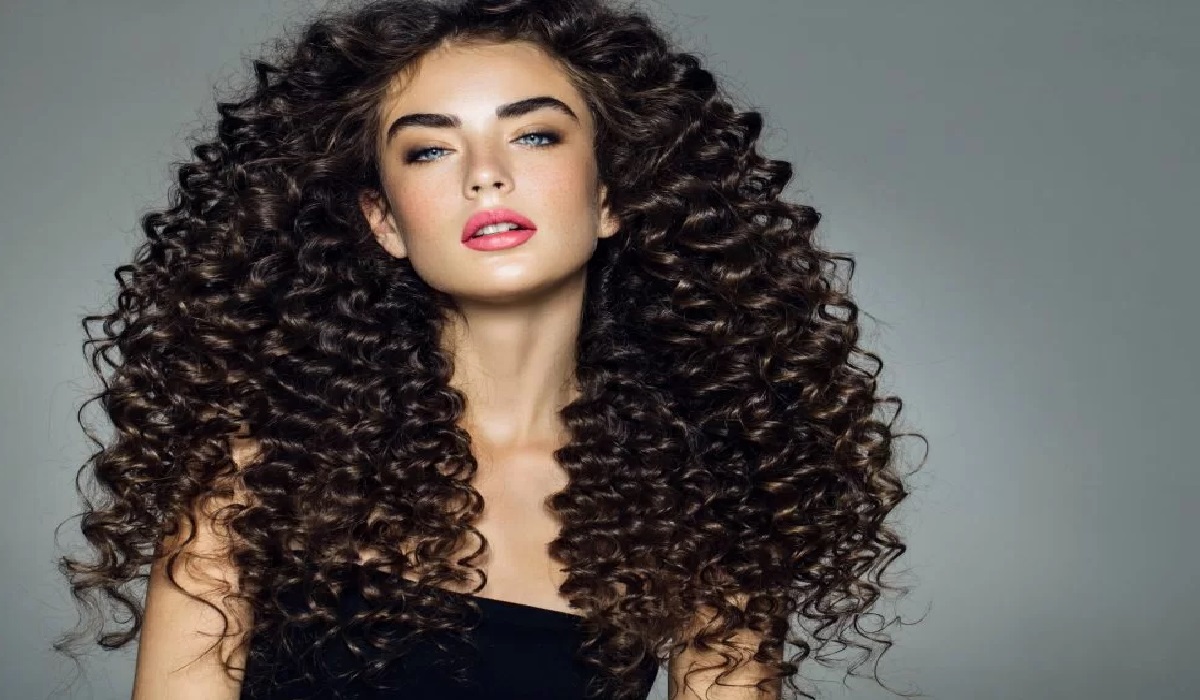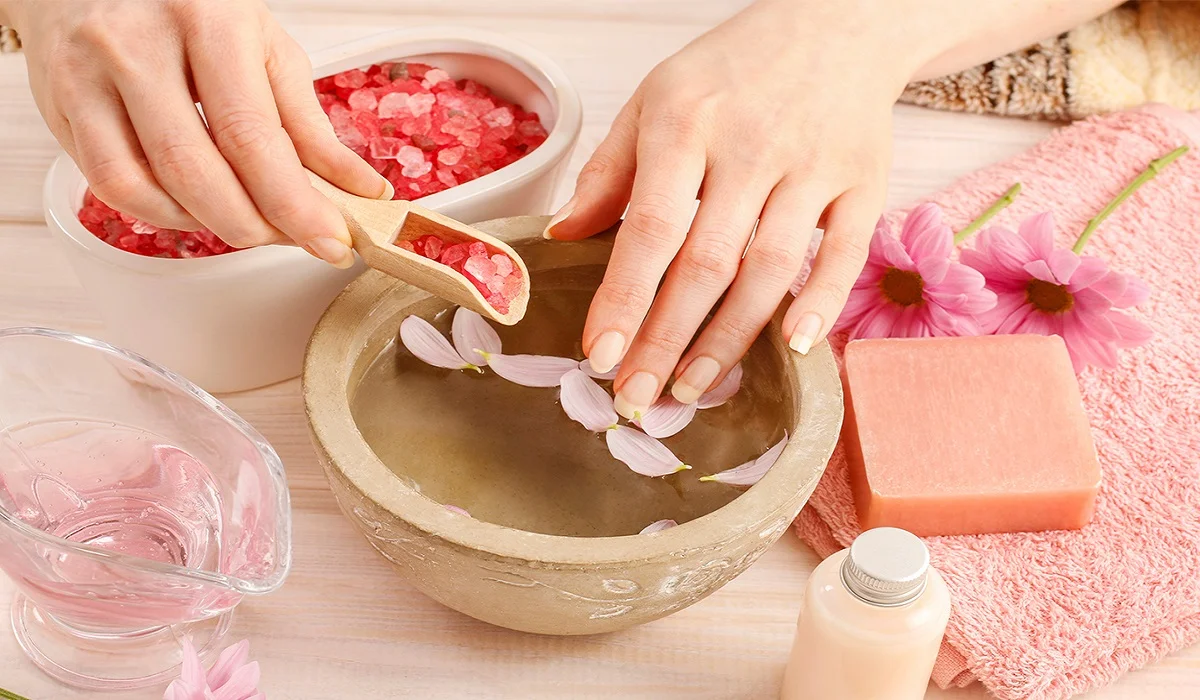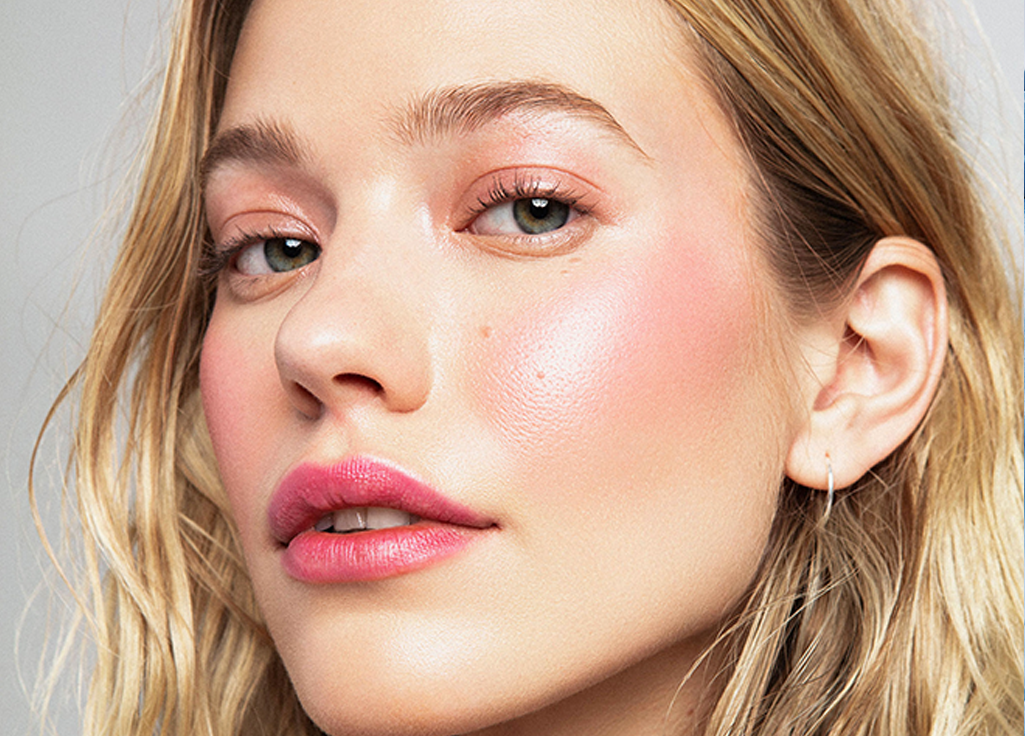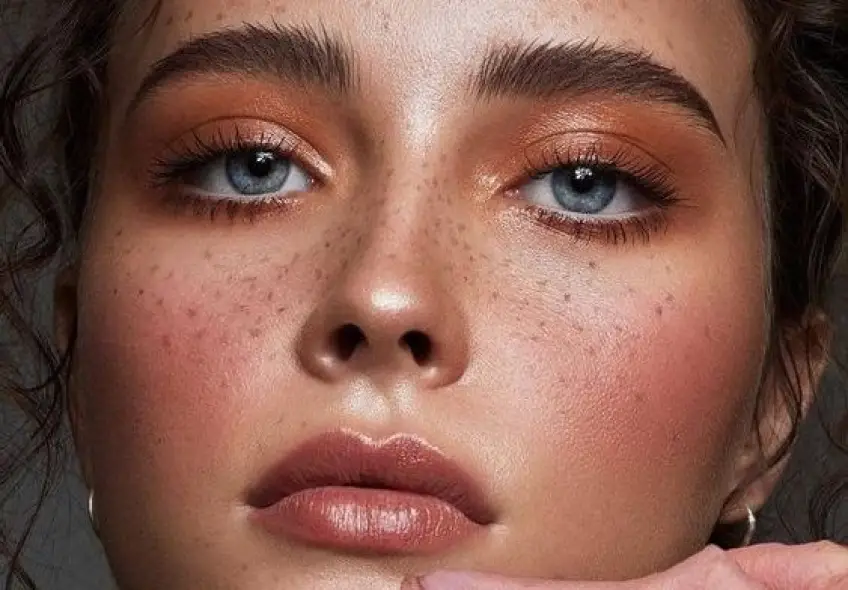In a world where beauty and innovation intersect, the emergence of Gel-X manicures marks a transformative era in nail care. This groundbreaking method, a blend of science and artistry, has redefined the essence of nail enhancement, offering a harmonious balance between aesthetic allure and the sanctity of nail health. As we delve into the depths of what makes Gel-X manicures a beacon of modern beauty, we embark on a journey that unveils the intricacies of this novel technique, its unparalleled advantages, and the profound impact it has on those who seek beauty that doesn’t compromise health.

The Dawn of Gel-X: A Revolution in Nail Enhancement
Gel-X manicures, at their core, are a testament to the relentless pursuit of innovation in the beauty industry. This technique employs specially formulated gel tips that are meticulously designed to fit the natural nail, creating a seamless extension that is both lightweight and robust. Unlike traditional methods that often require the application of harsh chemicals and extensive filing, Gel-X manicures promise a gentler approach, prioritizing the integrity of the natural nail beneath the stunning exterior.
The Art and Science Behind Gel-X Manicures
The journey of a Gel-X manicure begins with the ritualistic preparation of the natural nail, an essential prelude that sets the stage for the magic to unfold. This initial step involves cleansing, shaping, and gently buffing the nail surface, ensuring it is devoid of oils and residues. What follows is the careful selection of the Gel-X tip, chosen from an array of sizes and shapes to perfectly match each nail, promising a custom fit that feels both natural and comfortable.
The application process is a ballet of precision and care, where a bonding gel is applied to the natural nail, followed by the placement of the Gel-X tip. This assembly is then cured under a UV/LED lamp, a process that solidifies the bond and melds the tip to the natural nail with an invisible seam. The result is an impeccable extension that not only enhances the beauty of the hands but also offers a robust canvas for artistic expression.
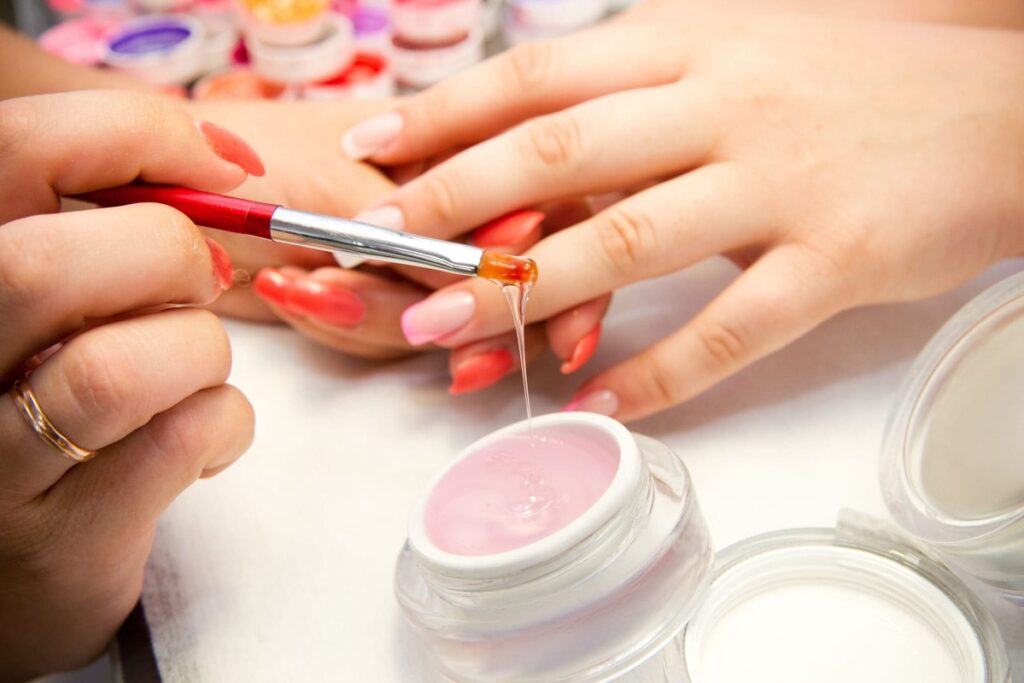
The Symphony of Benefits: Why Gel-X Stands Apart
Durability Meets Elegance
One of the hallmark virtues of Gel-X manicures is their remarkable longevity. Designed to withstand the rigors of daily life, these extensions maintain their integrity and luster for weeks, a feat that sets them apart from traditional nail enhancements.
A Palette of Possibilities
Gel-X manicures are a celebration of individuality, offering an extensive variety of lengths, shapes, and styles. From the understated elegance of a natural look to the daring allure of stiletto tips, Gel-X caters to every aesthetic, allowing personal style to shine through in every detail.
The Healthier Choice
In the narrative of nail enhancement, the health of the natural nail often becomes a subplot, overshadowed by the allure of immediate beauty. Gel-X manicures challenge this narrative, offering a method that minimizes exposure to harsh chemicals, reduces the need for aggressive filing, and preserves the integrity of the natural nail, heralding a new era where beauty and health are not mutually exclusive.
Cultivating the Magic: The Care and Keeping of Gel-X Manicures
The enchantment of a Gel-X manicure extends beyond the salon chair, flourishing in the care it receives in the days and weeks that follow. The longevity and beauty of the extensions are preserved through simple yet effective rituals, from the application of cuticle oil to the avoidance of harsh chemicals. This aftercare, a blend of mindfulness and routine, ensures that the Gel-X manicure remains a source of joy and beauty long after its application.
The Future Embodied: Gel-X and the Evolution of Nail Care
As we stand at the crossroads of tradition and innovation, Gel-X manicures illuminate the path forward, embodying the future of nail care. This technique, with its fusion of durability, beauty, and health, has not only captivated those who experience it but has also inspired a movement towards more conscientious beauty practices. The influence of Gel-X extends beyond the confines of the beauty industry, challenging us to reimagine the standards of beauty and to embrace a future where enhancement and health coexist in harmony.
In conclusion, the Gel-X manicure is not merely a method of nail enhancement; it is a manifesto of modern beauty, a declaration that elegance, durability, and health are not only desirable but attainable. As this revolutionary technique continues to evolve and inspire, it stands as a testament to the endless possibilities that emerge when innovation meets the art of beauty. In the realm of Gel-X, every manicure is a masterpiece, every nail a canvas of potential, inviting us to explore the boundless landscapes of beauty that await.

